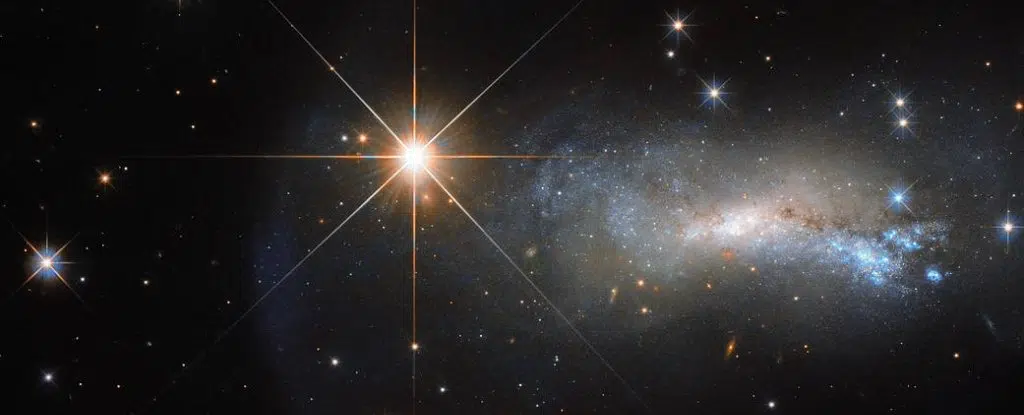
Are mysterious ‘Fast Radio Bursts’ from a cosmic event?
THE RADIO TELESCOPE NEAR PENTICTON has detected signals that were sent from some mysterious object billions of light years away, at a time when the Earth was so hot that water boiled on its surface and the atmosphere so toxic that life couldn’t exist.
No one knows what the objects are but the bursts are strong and short. I asked Paul Scholz, Research Associate at the Dominion Radio Astrophysical Observatory in Penticton, what they might be: Cosmic strings, Neutron stars, Supernovae, evaporation of black holes? His reply by email:
“This is what we hope to answer!”
Maybe the radio bursts are alien signals sent long ago to arrive at a time when we have the technology to detect them? Deborah Good, a UBC PhD student working on the project, is doubtful:


